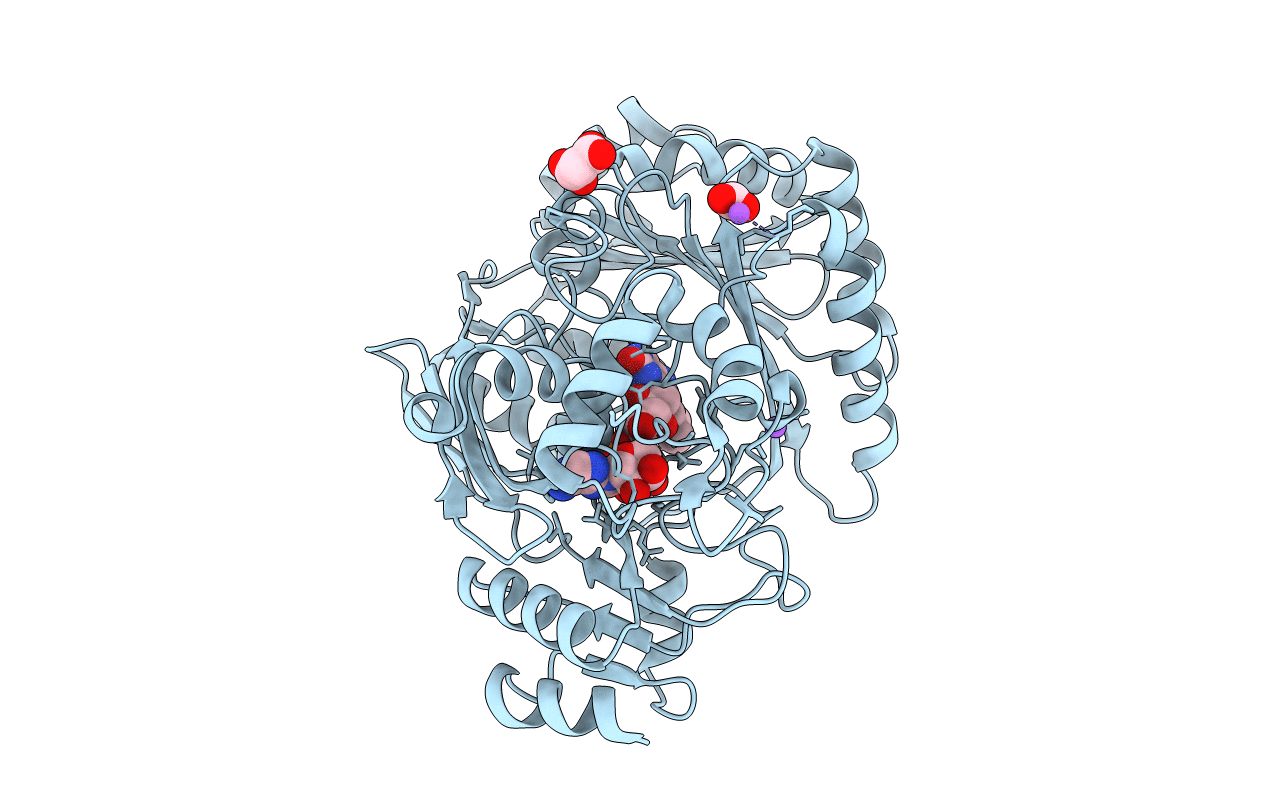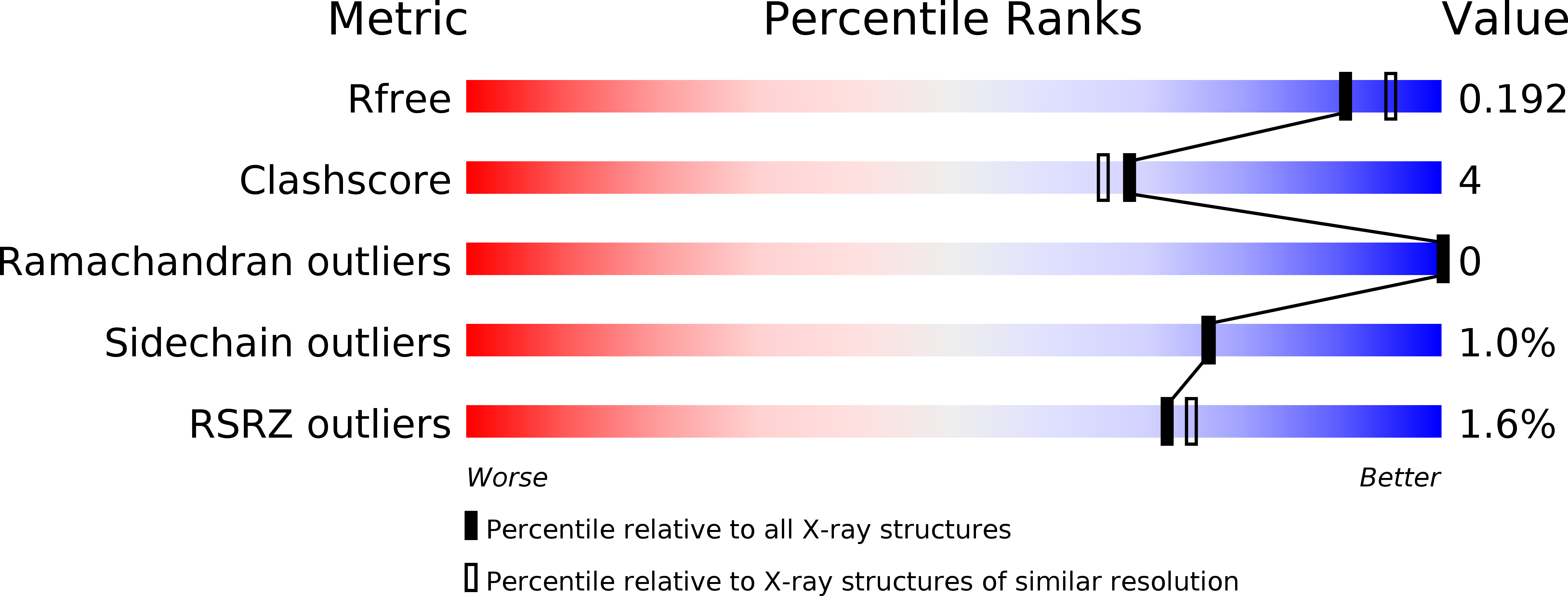
Deposition Date
2011-09-13
Release Date
2012-09-19
Last Version Date
2024-11-06
Entry Detail
PDB ID:
3TSH
Keywords:
Title:
Crystal structure of Phl p 4, a grass pollen allergen with glucose dehydrogenase activity
Biological Source:
Source Organism:
Phleum pratense (Taxon ID: 15957)
Host Organism:
Method Details:
Experimental Method:
Resolution:
1.90 Å
R-Value Free:
0.19
R-Value Work:
0.16
R-Value Observed:
0.16
Space Group:
P 61 2 2


